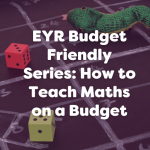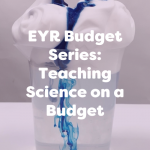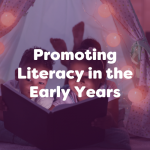For the second in our budget-friendly blog series, we will be exploring literacy! Specifically, we will be suggesting a variety of cost-effective solutions for you to support children’s learning and promote literacy learning without breaking the bank.
Teaching literacy is essential for every child’s education and forms a core element of the national curriculum. However, it does not need to be expensive. With a bit of creativity and resourcefulness, there are many ways that literacy can be taught on a tight budget. From creating low-cost learning materials to finding free resources online. In this blog, we will be providing a variety of different activities, offering practical tips and advice that can be used in both the classroom and at home. So whether you are a teacher or a parent, there is something for anyone who is looking for cost-effective ways to help children develop their key skills.
5 Ways to Teach Literacy on a Budget
1. Make Use of your Environment
The world around us provides so many natural opportunities to practice and develop key literacy skills…
- For example, why not encourage a game of word bingo? This is a great way to improve word recognition and can be adapted depending on your child’s level. Start by providing children with a list of words to spot and then head outside to find the words on signs or buildings or even shops!
- Similarly, why not try a storytelling scavenger hunt. This is a fun yet simple activity is to encourage children to create a story using the first 10 words they see on their travels. Once again these words could be spotted on signs, buildings or even on magazine covers. This is a great way for children to practice their creative thinking on the spot and their storytelling skills.
- Finally, a game that is well-known by everyone and incredibly simple to play at any time is I spy! Not only fun to play out and about – I spy is a great game for children to develop their vocabulary.
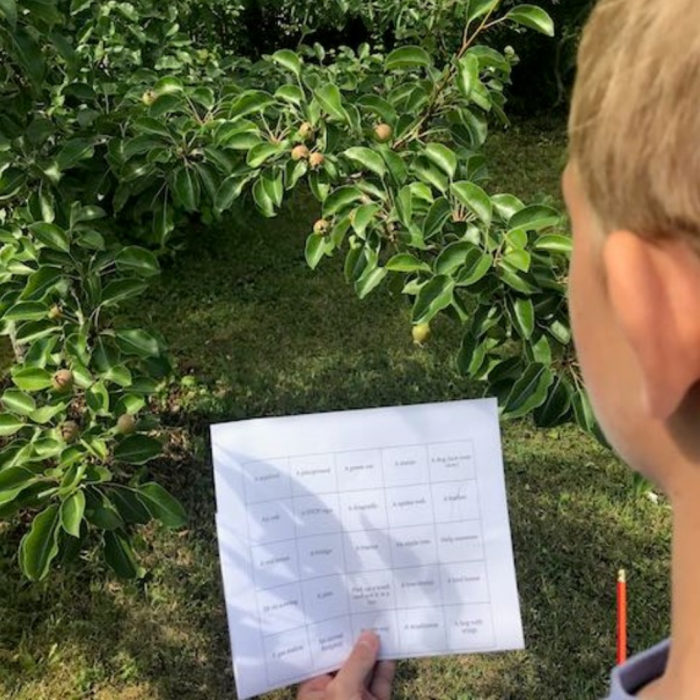
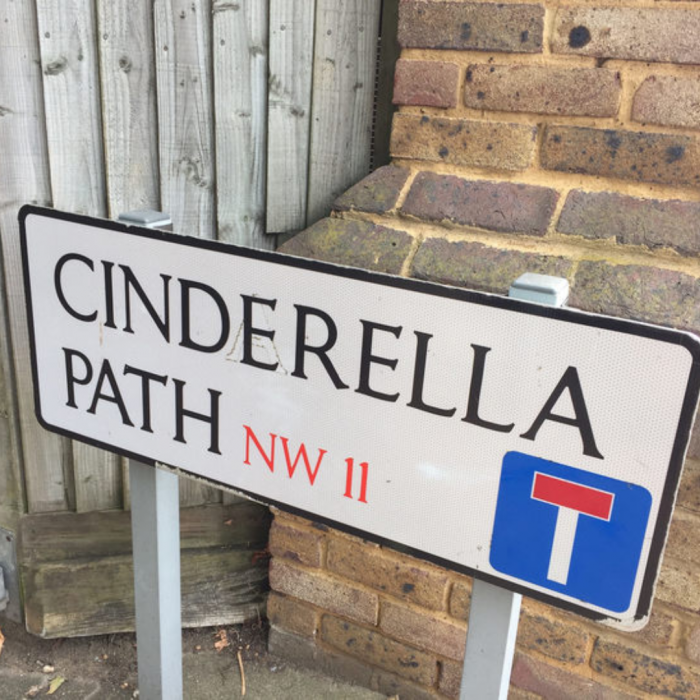
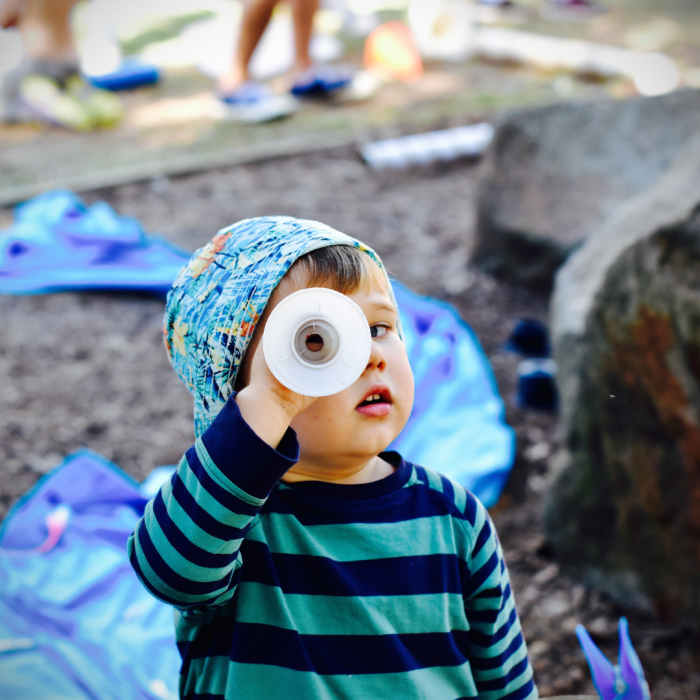
2. Use Free Literacy Activity Sheets
Free downloadable resources are a fantastically easy way to introduce literacy into your setting without blowing your budget.
- One such example is downloadable posters. These can be used to create a literacy-rich environment that encourages children to want to read and write and are available in a variety of different themes to suit the interests of your little ones!
- Other resources can be used for children to practice their writing skills by expanding on traditional English tales such as Goldilocks and The 3 Bears or The Little Red Hen. Recounting well-known tales such as these by writing letters or filling in speech bubbles is a great way for children to focus on their writing.
- Printing off resources and laminating them or sticking them into a wipe-clean reusable pocket is another fantastically cheap way for children to practice their letter formation using single letters and CVC words.
- Looking for more free resources for English and Literacy? Have a look at Nick Dale’s useful resources page & past papers.
Looking for downloadable resources like Christmas lists, seaside colouring sheets, pirate maps, tie templates, rocket templates, flowering naming activities and pirate-wanted posters? Check out our free downloadable resources page.
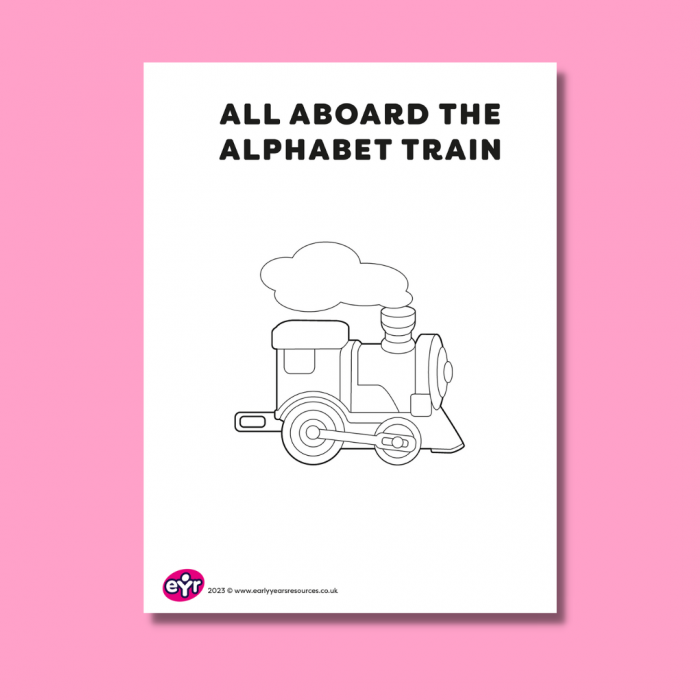
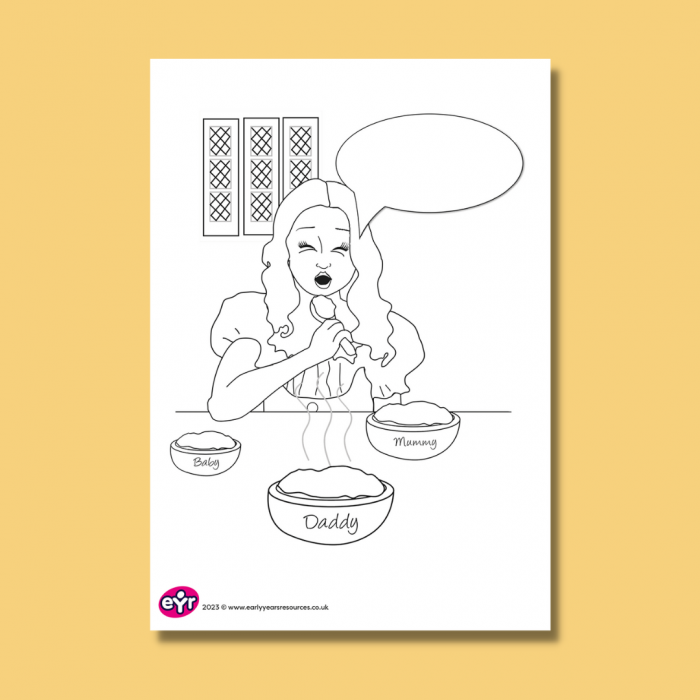
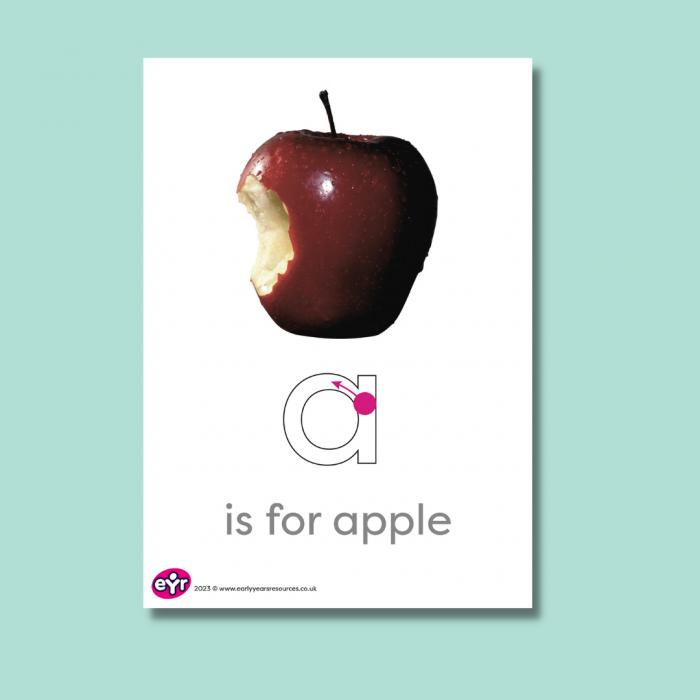
3. Create Your Own Resources
Making your own resources can be incredibly simple and also a great craft activity to engage children in! Below are just 3 fun literacy activities for preschoolers to try out!
- CVC lolly stick game. For this, all you will need is a pack of lolly sticks, a pen and some printed images (click the image below for a step-by-step). Children can match up the letters and complete the image to create a common CVC word. This activity will cost next to nothing and can be amended for your specific children’s level of learning.
- Really random story bags. These are something you can purchase ready-made but are also super easy to create yourselves! Start with 3 bags – a “who” bag, a “what” bag and a “where” bag – and fill each one with random items from around your setting. Ask your children to pick 3 items at random from each of the bags and create a story using them – a fantastically simple creative storytelling activity!
- Puppet and puppet theatre. Once again, this is an activity that needn’t cost the earth. A puppet theatre can be easily constructed using an old cardboard box (click the image below for a step-by-step) and children can create their puppets using old socks or recycled materials. Encourage children to put on their own puppet shows to encourage creative thinking and storytelling skills.
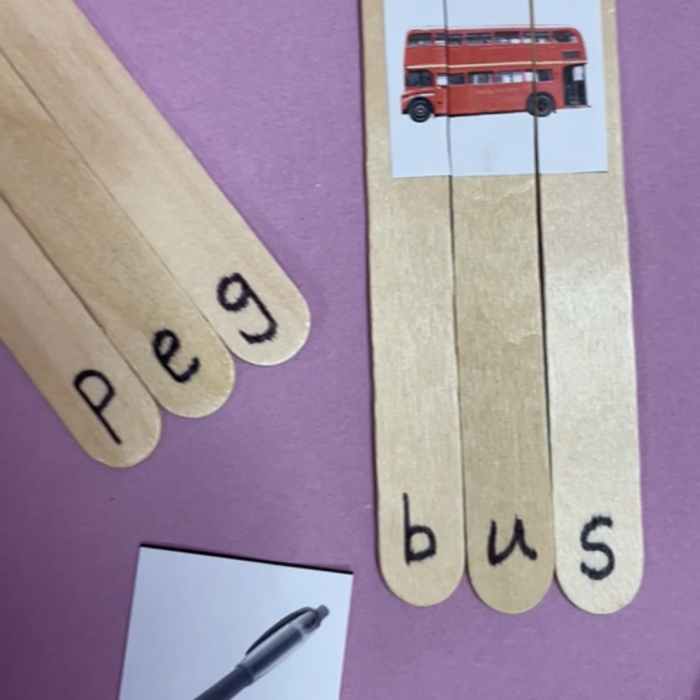
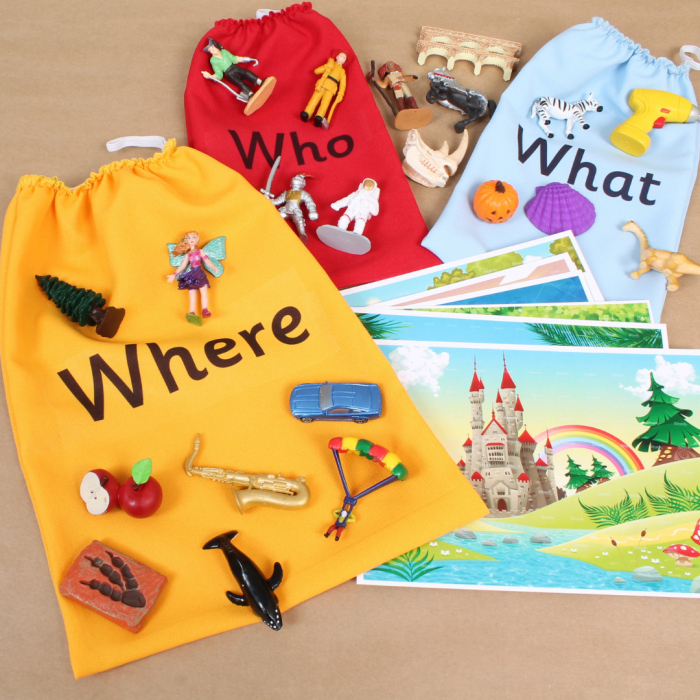
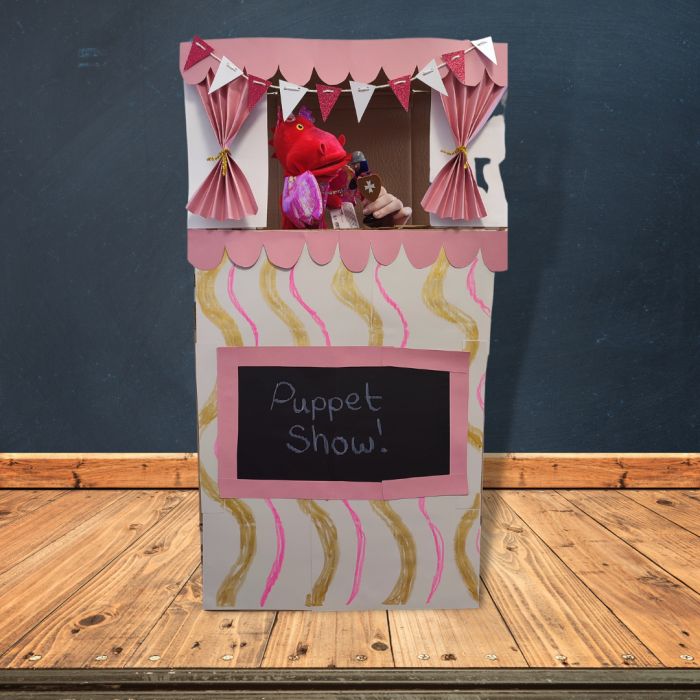
4. Build a Community
Creating a community is a great way to drive down costs and can benefit multiple groups and people. Some ways to do this include:
- Encouraging a book swap. This could be easily introduced in your setting and is great for refreshing your resources at no extra cost. Encourage parents and other settings to swap their books and other literacy resources. Why not introduce a drop-off point at your setting for people to drop off and exchange their books?
- Alternatively, you could reach out to a local organisation such as the local library or museum to see if there is any opportunity for collaboration or free programmes that they might offer. There are often many opportunities available and this will help to enhance and refresh your lessons at no extra cost.
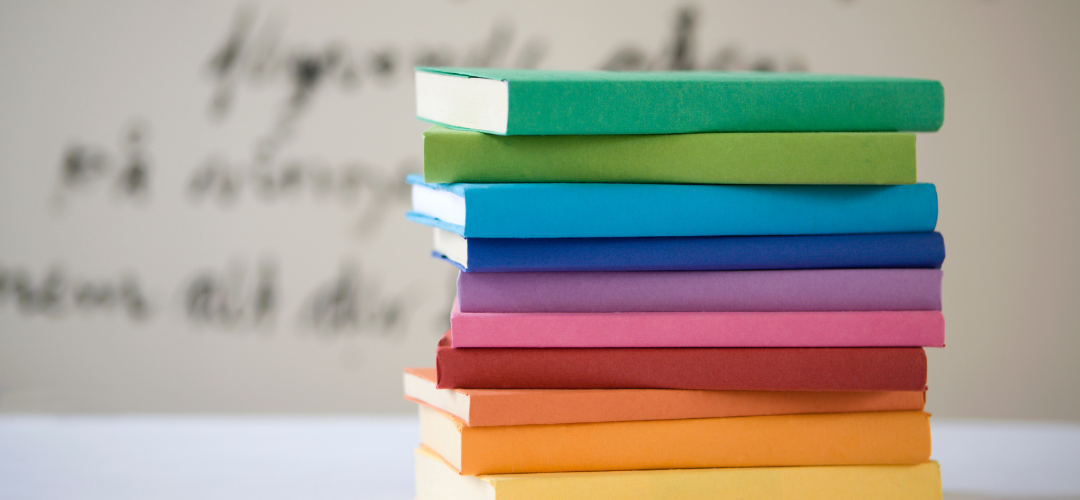
5. Invest in Reusable Resources
Spending your budget carefully and investing in key pieces that are versatile and can be used over and over again can save you lots of money in the long term. Some examples of these resources include reusable worksheet pockets, dry wipe resources such as these dice which can be used as prompts for storytelling or conversation and of course, a tuff tray. A tuff tray is a fantastically versatile resource for learning. Some examples of ways in which a tuff tray could be used to support literacy include:
- Letter formation tracing: start by using chalk to write letters directly onto the tray and then add a sheet of acrylic or plastic overlay on top for children to trace the letters with their fingers or paints. You can also use resources like dry wipe letter tracing boards.
- Sentence building sensory bin: start by printing some keywords and burying them in a tray filled with sand. Children will have to hunt out the words and create a story or sentence using the words that they find.
- Mark making: children can practice their letter formation and mark making pre-writing skills in a tuff tray filled with sand, dried chickpeas, lentils or even rice.
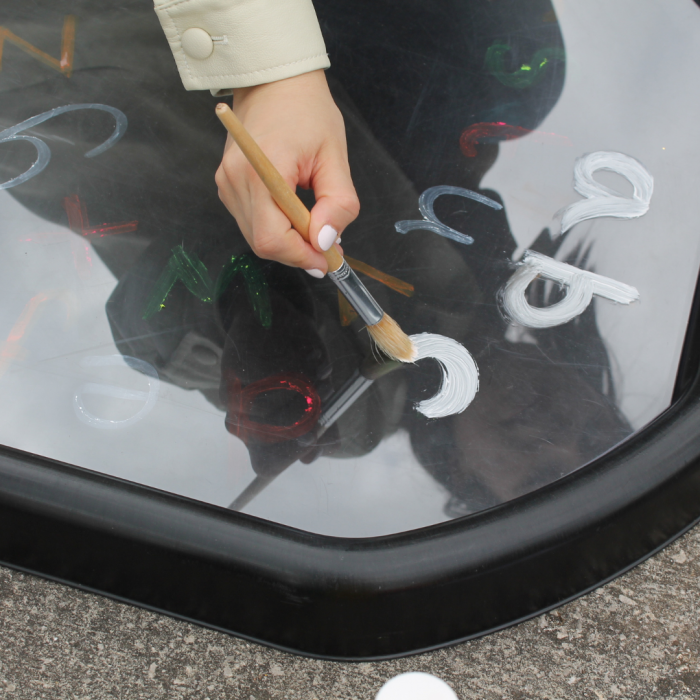
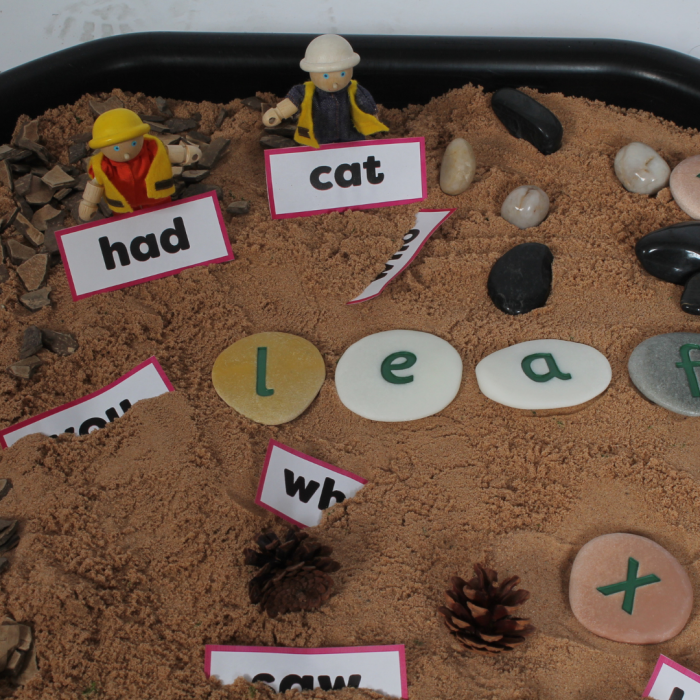
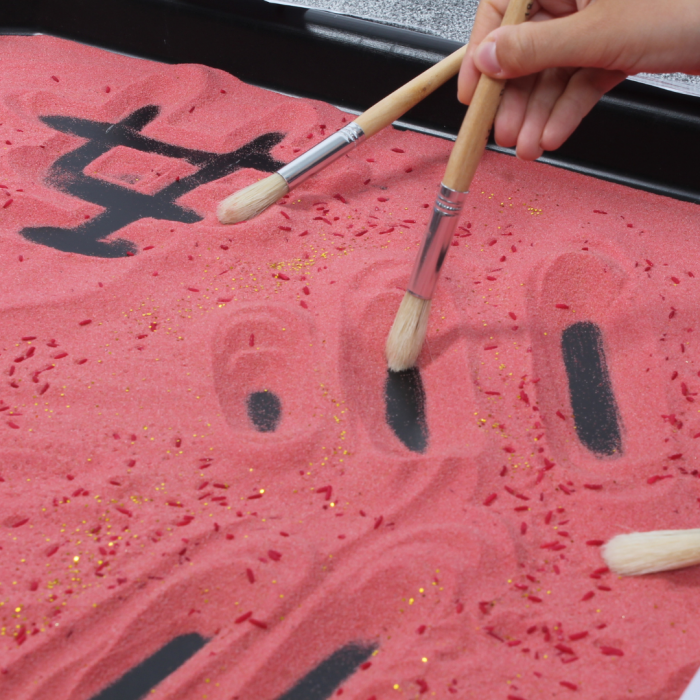
Final Thoughts
Above all else, it pays to be creative when teaching on a budget! Think outside the box and experiment with resources already available to you and see what you can come up with!
Finally, we would love to hear about your budget-friendly literacy activity ideas! Share your ideas with us on social media by tagging us or using the hashtag #ExploreWithEYR
Need more inspiration for early years literacy activities? Read our blog which goes through 10 easy EYFS literacy activities that your children will love!



